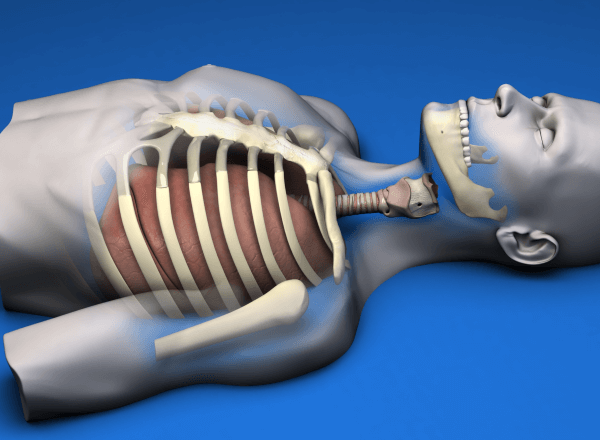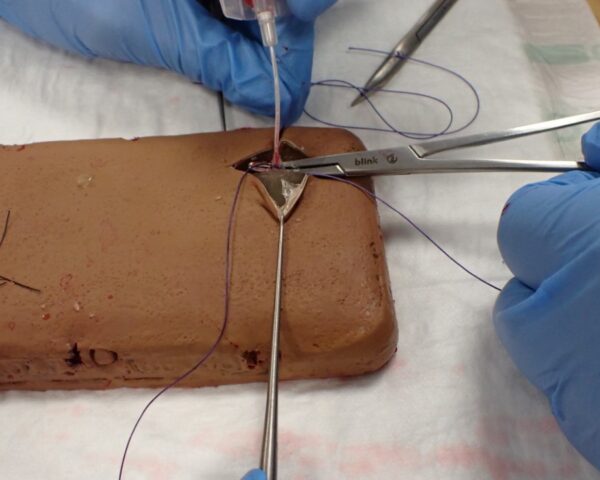Trauma Simulation Ltd is a Swansea University spin-out created by Professor Ian Pallister specifically to enhance the development of the limb trauma training models produced in prototype form in the course of the MSc Trauma Surgery Programme. The current goals are specifically to enhance the trauma training experience available without resorting to animal or human cadaveric material.
Utilising the novel application of design technology available through the National Centre for Product Design and Development Research (PDR), supported by the development of custom silicone elastomers and special effects techniques with MBI (Wales) Limited, complex and versatile models have been developed under contract with the Defence And Security Accelerator (DASA), Porton Down. The models have been designed with military patterns of injury but can be easily adapted to the civilian setting.
Replaceable inserts through which procedures are performed ensure unpredictability for the participants. All Tactical Combat Casualty Care (TCCC) and a wide range of Damage Control Interventions can be executed.
In addition, we produce basic surgical task trainers, fascia iliaca block training models.

Simulated Procedures
All procedures enable the participant to completely engage with the simulation. Cannulation allows simulated blood samples to be taken and infusion/transfusion to be commenced. Bleeding will continue until the participants execute the correct steps to control it in real-time.
Resuscitation Procedures
- Orotracheal intubation
- Chest decompression
- Surgical airway
- Cannulation (subclavian, antecubital fossa and intraosseous)
- Emergency tourniquet application
- Pelvic binder application
Surgical procedures
- Sternotomy for Junctional haemorrhage control in the neck (female model)
- Junctional haemorrhage control:
- Groin & Shoulder
- Pelvic packing and external fixation
- Tubal Pregnancy
- Upper limb escharotomy
- Lower limb:
- Arterial injury haemorrhage control and shunt insertion
- Open fracture
- Debridement and fasciotomy
- External fixation
Our Products
Explore our range of advanced Surgeon Simulator Models, developed to support realistic, hands-on surgical and trauma training.
Each model replicates true-to-life anatomy and procedural conditions, helping users practice essential surgical, vascular, and trauma management skills in a safe, controlled setting.
From full-body simulators to focused task trainers, every unit is built to enhance confidence and competence in clinical techniques.
